Experience of traveling to Bac Ha Market for the first time without feeling overwhelmed
- Friday, Jul 04, 2025, 18:06 (GMT+7)
Experience of traveling to Bac Ha Market for the first time without feeling overwhelmed
Bac Ha Market is one of the most vibrant highland markets in northern Vietnam. Taking place every Sunday morning in Bac Ha town, Lao Cai province, it is more than just a place for trade. It is a cultural crossroad where ethnic minorities like the Hmong, Dao, Tay, and Phu La gather to exchange goods and stories. For travelers, it is a rare opportunity to witness and experience authentic mountain life. A successful visit requires careful planning, especially when it comes to transport, food, accommodation, and travel tips that are not always found online.
There are three main ways to get to Bac Ha from Hanoi. The most popular route is by overnight train to Lao Cai station, followed by a bus or taxi for another 80 kilometers to Bac Ha. This journey takes around nine hours in total, with train tickets starting from 300,000 VND and bus fares around 70,000 VND. A faster option is a limousine service that runs directly from Hanoi to Bac Ha on Saturday evening, arriving early Sunday morning. Tickets cost about 350,000 VND. If traveling in a small group, hiring a private car from Lao Cai is flexible and convenient. However, the mountain road is winding with frequent fog, so a local driver is highly recommended.
The market begins around 6 AM and is at its liveliest between 8 and 10. It offers a wide range of local products including corn wine, wild herbs, dried meat, sticky rice cakes, and forest vegetables. The most fascinating areas are the buffalo market and the traditional fabric stalls, where buyers and sellers often speak different languages but communicate through gestures and smiles. Small denomination cash is essential since electronic payments are rarely accepted. Prices are usually fair, but it is worth asking politely and observing how locals negotiate.
Bac Ha’s food scene is simple but deeply rooted in the region’s identity. The most famous dish is thang co, made from horse meat and offal cooked with mountain spices. It may be intense for first-timers but is a signature of the market. For a more approachable option, try Bac Ha sour noodle soup, which features homemade vinegar and local herbs. These dishes are available throughout the market, but the best spots are often found near the livestock section, where locals crowd for breakfast. A simple rule is to choose the stall with the most ethnic locals sitting down to eat.
For accommodation, Bac Ha offers both traditional homestays and small hotels. Homestays like Nam Khanh, Cho Family, and Bac Ha Ecohost provide cozy rooms and a chance to connect with local families. Prices range from 250,000 to 500,000 VND per night, usually with breakfast included. For more comfort, hotels such as Sao Mai or Bac Ha View offer rooms from 400,000 to 700,000 VND and are conveniently located near the market. During high season, especially around the plum blossom festival in March, booking at least two weeks in advance is recommended.
Beyond the market, visitors can explore the Hoang A Tuong Palace, a colonial-era mansion with mixed French and Oriental architecture. It is a quiet yet impressive site, ideal for photography or learning about regional history. Nearby villages such as Na Hoi, Lau Thi Ngai, and Thai Giang Pho also offer immersive experiences in ethnic crafts like weaving, papermaking, and traditional alcohol distillation. Depending on the season, the surrounding hills burst with white plum blossoms, pink buckwheat flowers, or golden rice terraces.
Photography enthusiasts will find Bac Ha full of compelling scenes. Early morning is best for natural lighting and authentic moments. The outer edge of the market, where women lay out colorful textiles, offers vivid contrasts for lifestyle shots. Around 8 AM, sunlight becomes soft and ideal for portraits without harsh shadows. A medium focal length lens is perfect for capturing emotions without being intrusive. The old palace gate at sunset is another popular frame for wide-angle or moody shots.
Several small but important tips can enhance the trip. First, arrive early. Many stalls begin closing by late morning. Second, avoid buying food or drinks from unmarked street vendors. Stick to stalls with signage and local customers. Third, wear proper footwear. The buffalo section can get muddy and slippery, especially after rain. Fourth, when shopping for handwoven textiles, check the seams and patterns. Real handmade items have slight imperfections and firmer textures than machine-made ones.
The best time to visit Bac Ha is in March for the blossom season or late autumn for dry weather and clear skies. It is wise to avoid national holidays if seeking a quieter, more authentic experience. While Bac Ha changes with the seasons, the Sunday market remains the soul of the journey.
Bac Ha is not a place to rush through. It is best experienced with patience, curiosity, and attention to detail. The market is not only a place of trade but a window into the everyday life of mountain communities. For many travelers, the memory of smoky kitchens, colorful garments, and genuine smiles remains long after the journey ends. And that is why Bac Ha continues to be one of the most memorable travel destinations in northern Vietnam.

 CHECKIN.VN
CHECKIN.VN

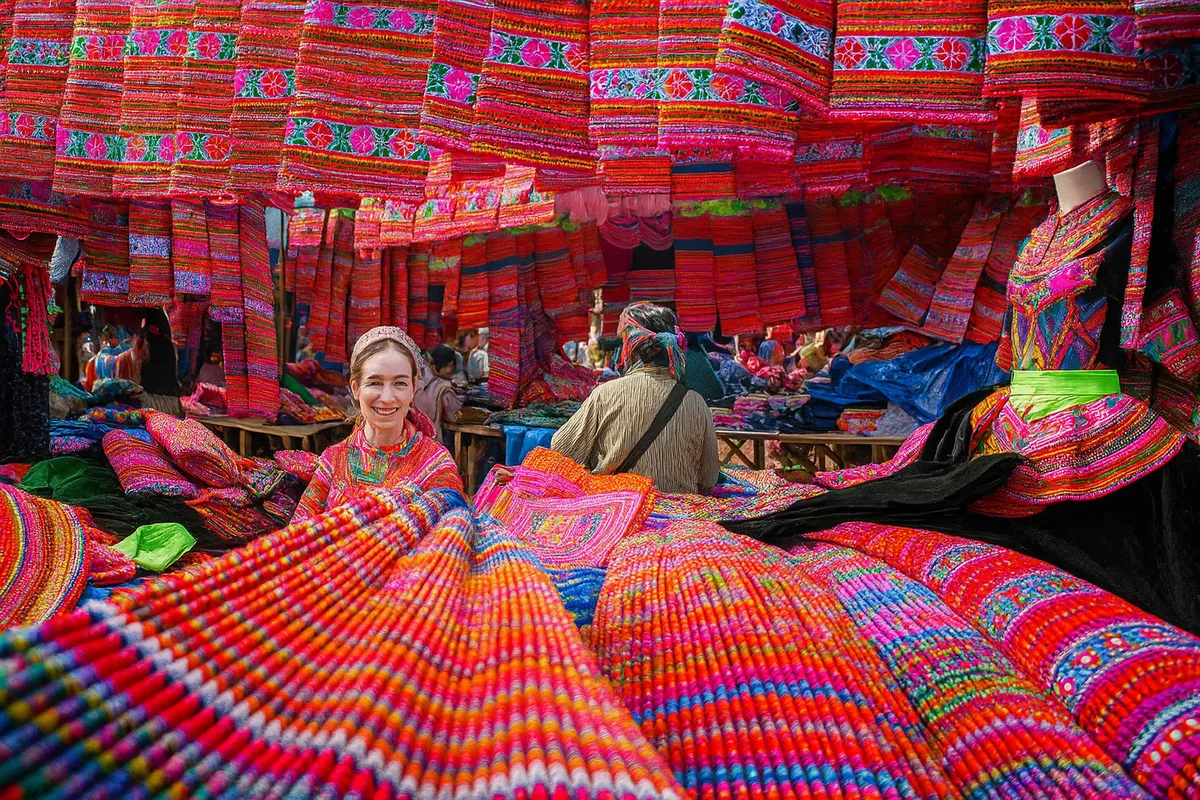
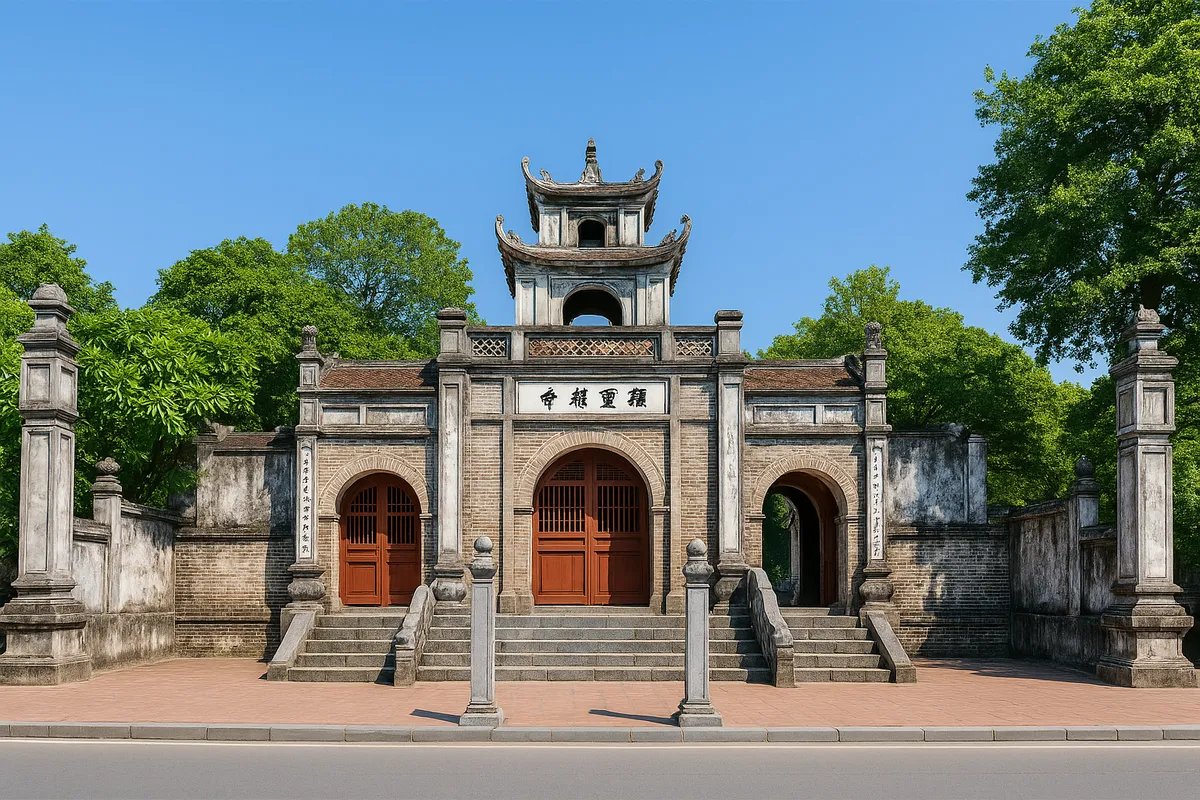
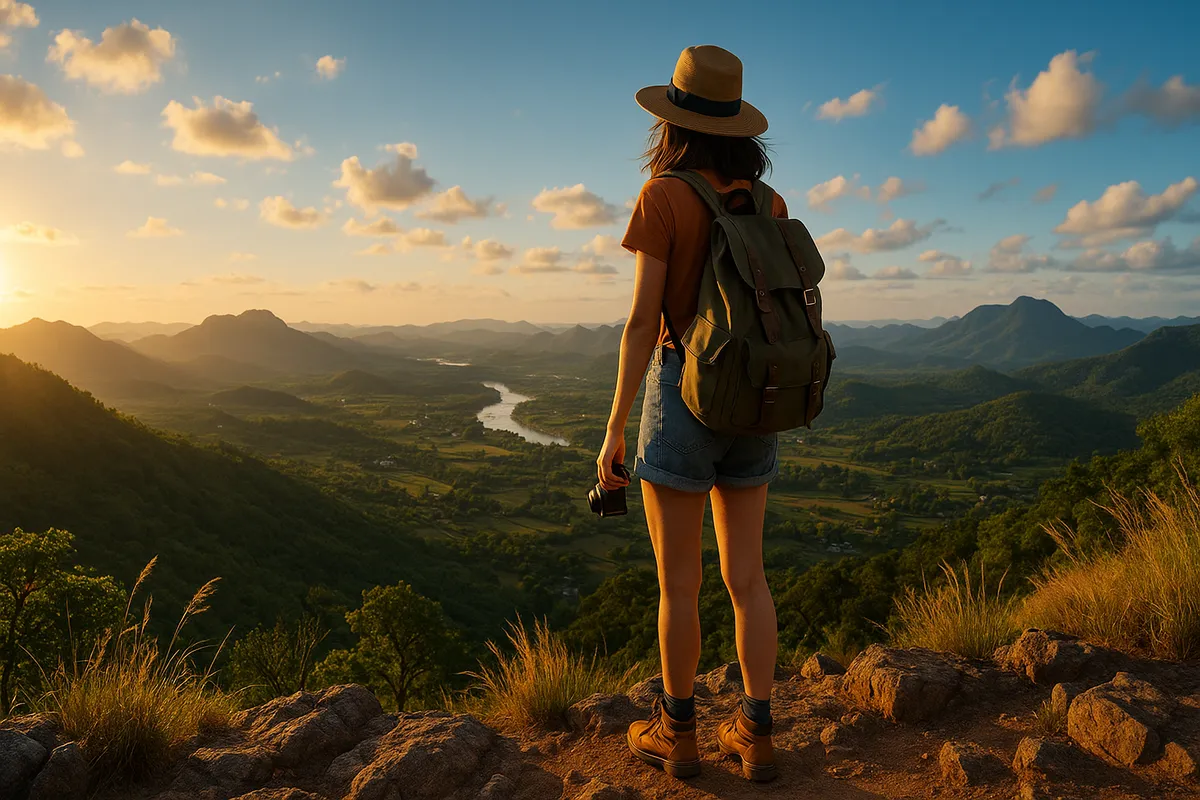
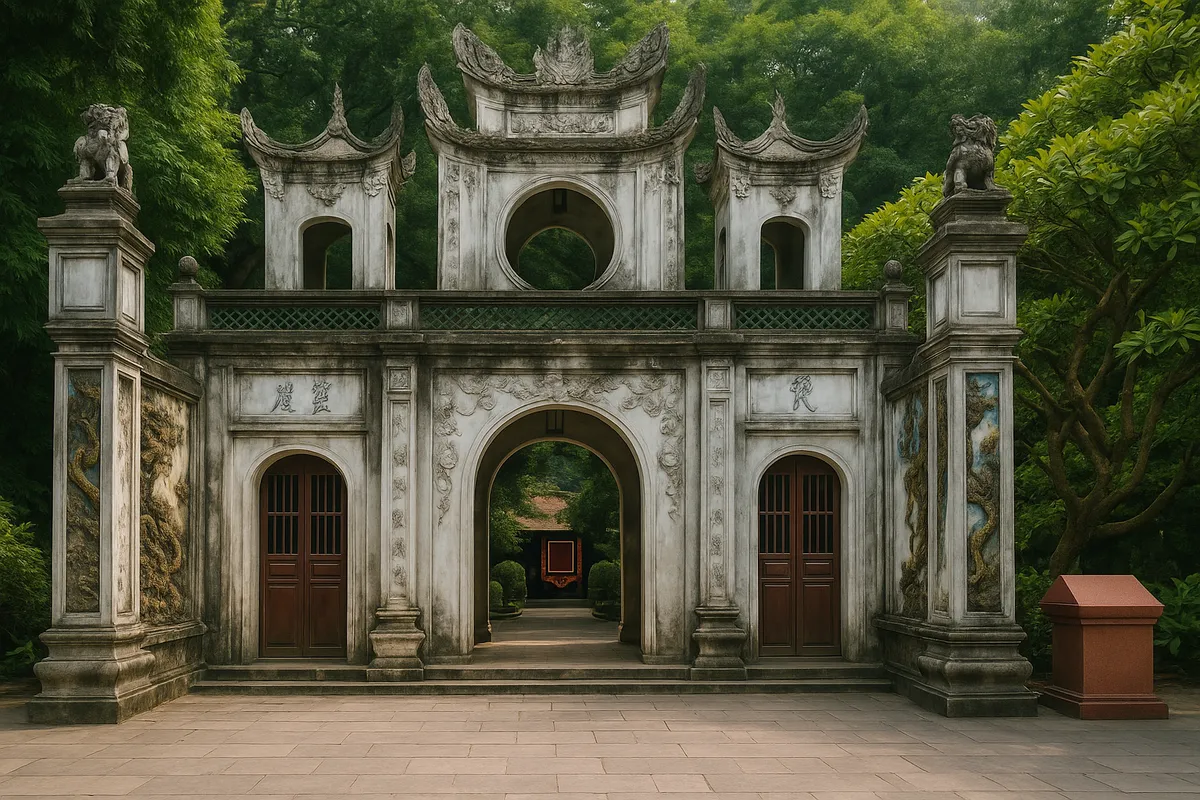
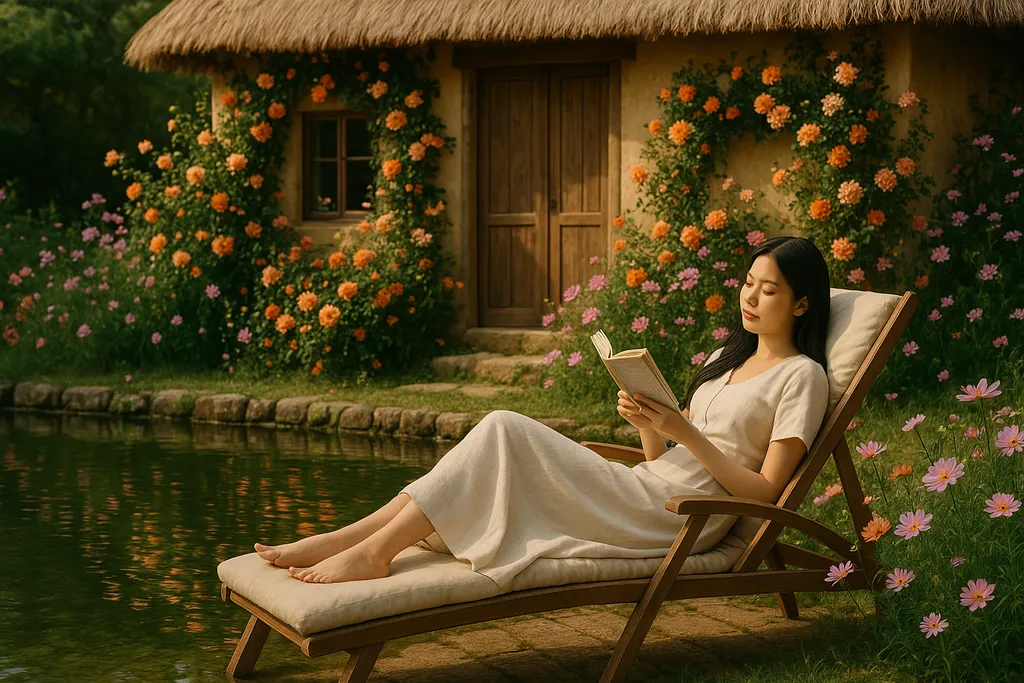
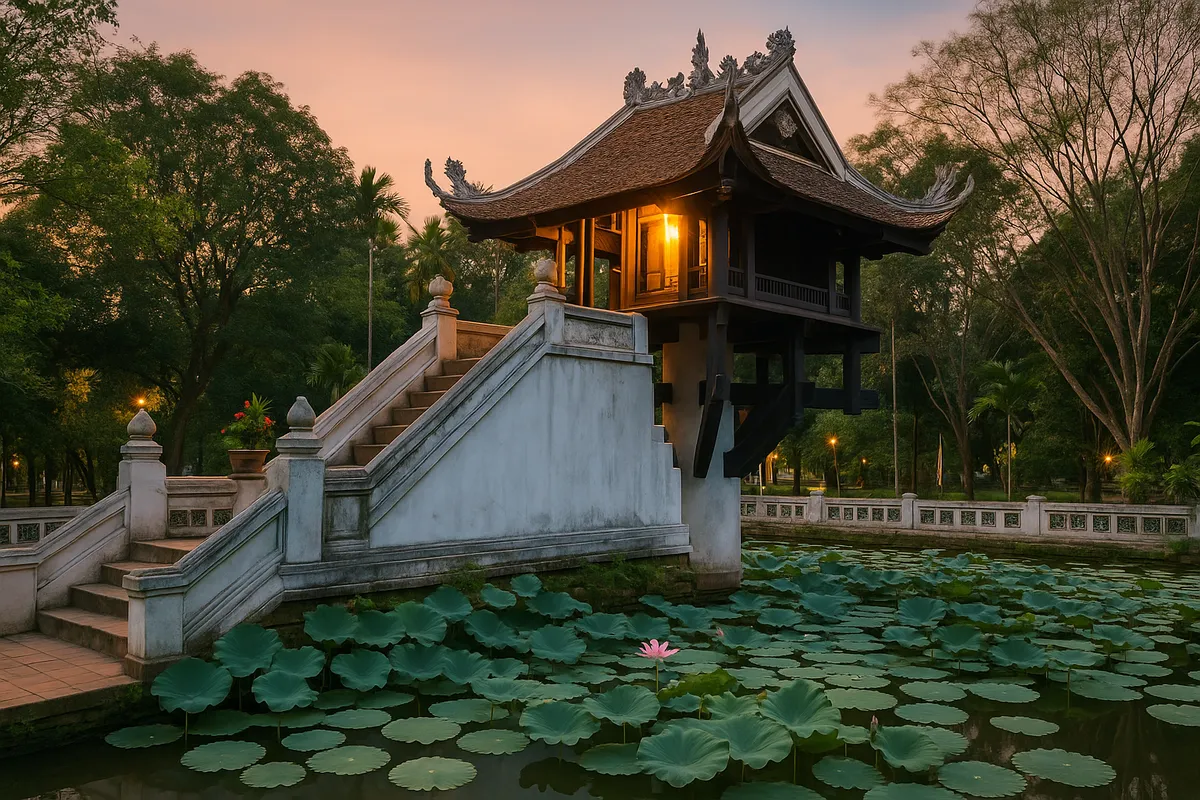

Share on